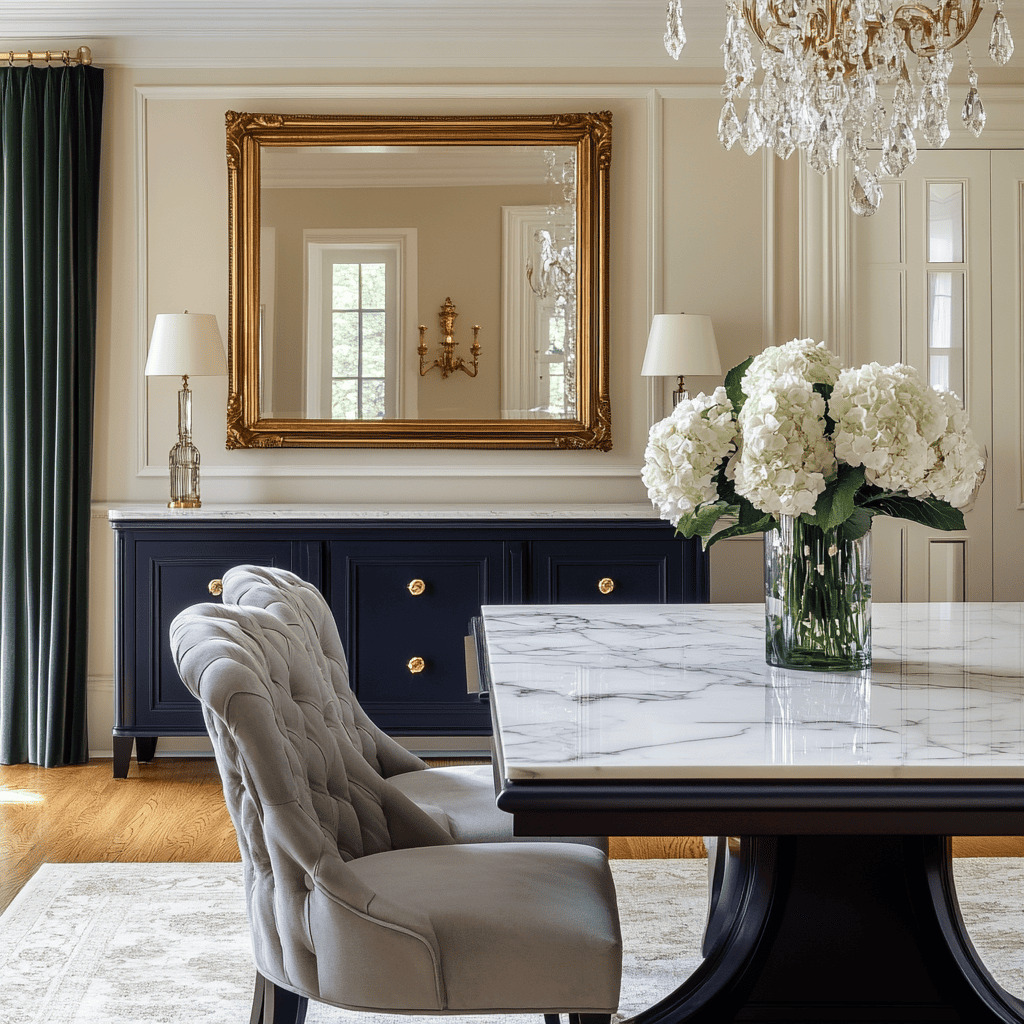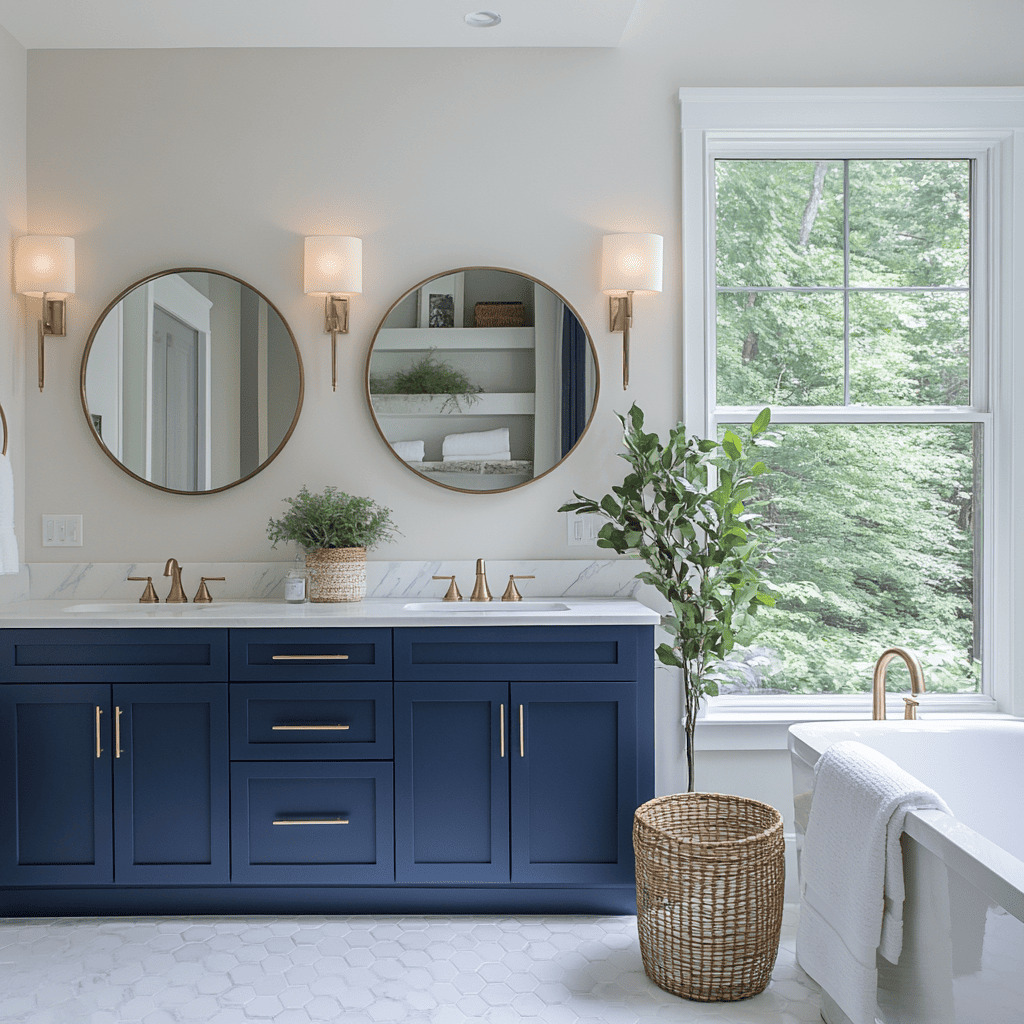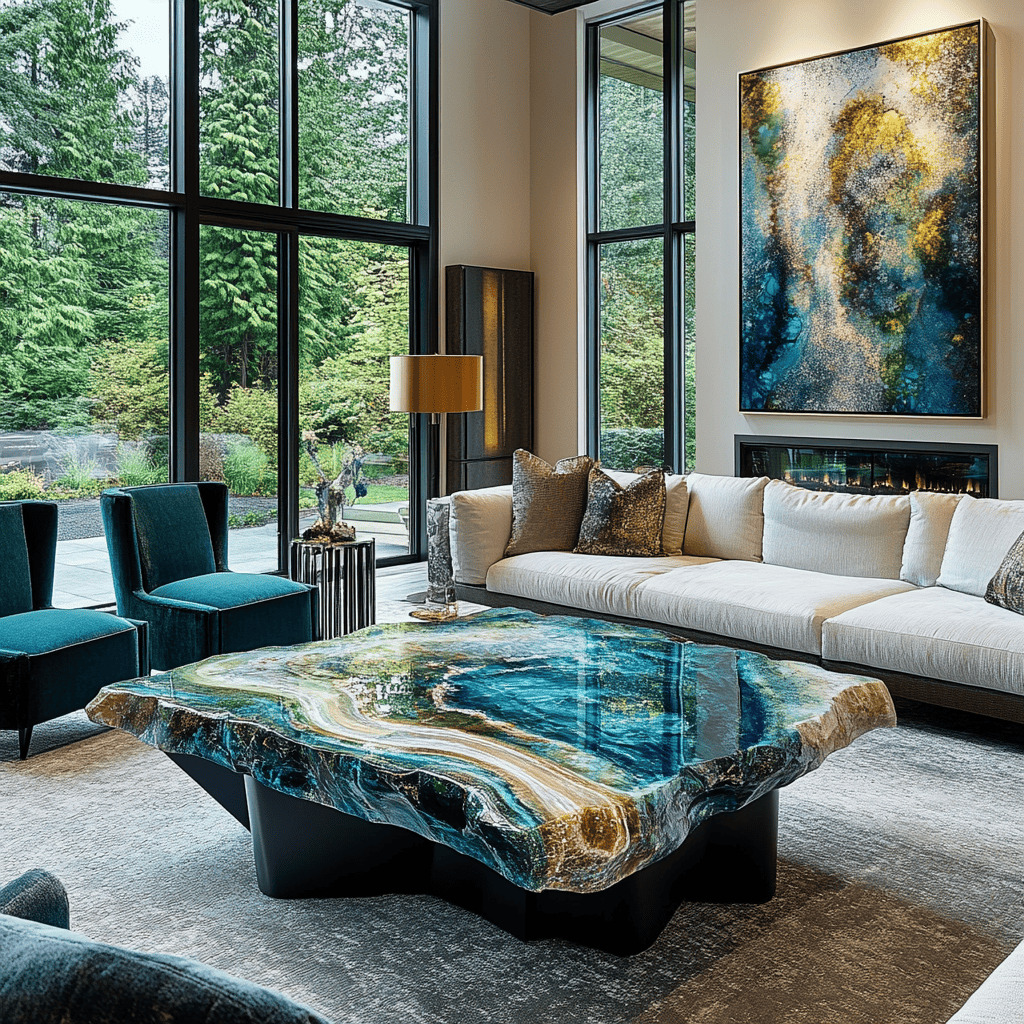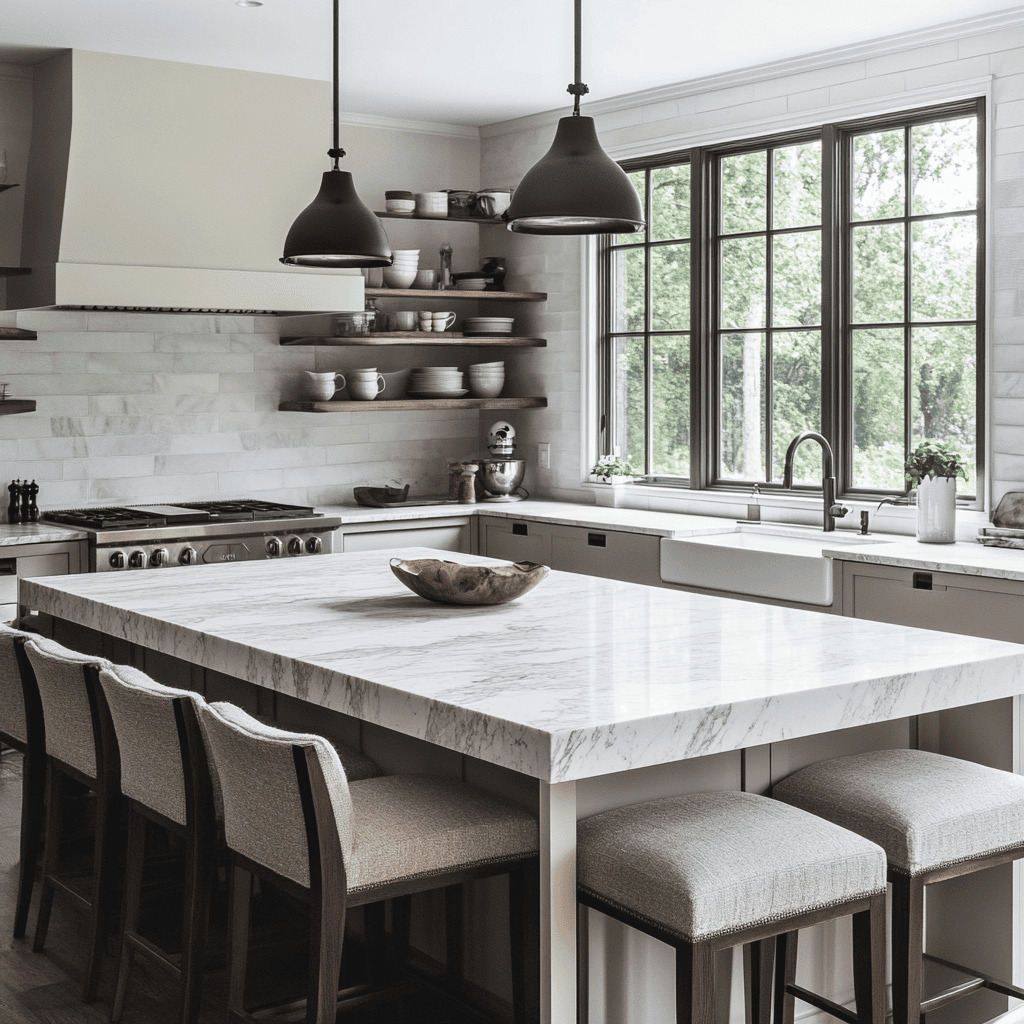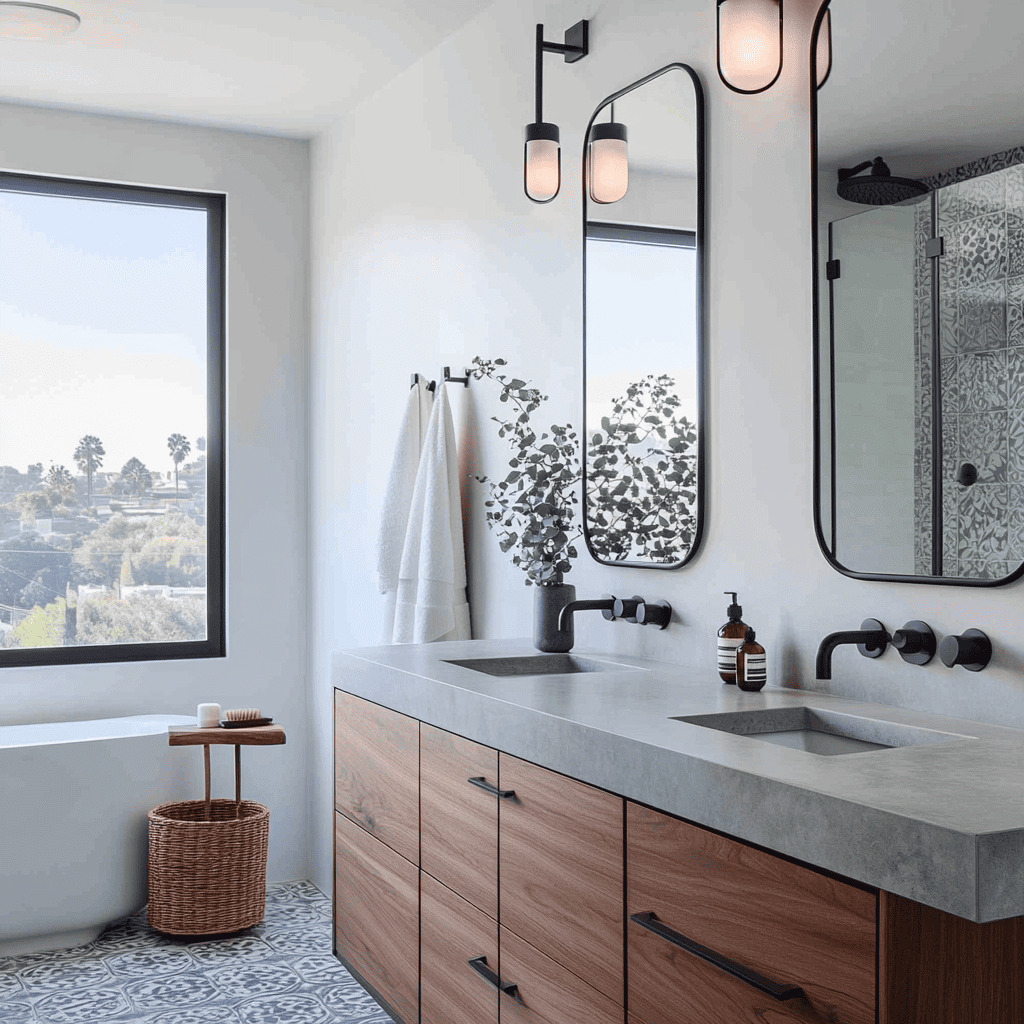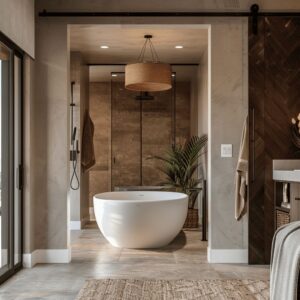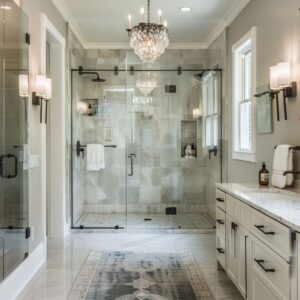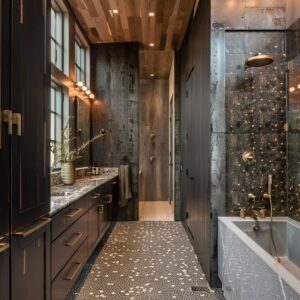Quartzite and quartz are not the same stone. Recently, quartzite and quartz have gained much attention from interior designers and homeowners for their natural beauty and durability.
Many customers confuse these two materials due to their similar names, which may affect their decision-making. This is why we are writing this blog to create awareness among people regarding the differences between quartzite and quartz
Natural Stone vs. Engineered Stone
The key difference between quartzite and quartz lies in their origins.
Quartzite is a naturally occurring metamorphic form of its parent rock Sandstone. It consists mainly of quartz crystals that recrystallize under intense heat and pressure over millions of years, resulting in the formation of a dense and hard surface.
Quartzite mostly comes in bold colors and patterns.
Quartz, on the other hand, is an engineered stone composed of 93% quartz crystals and 7% additives and pigments. All the raw materials are mixed in the right proportions and then heated at high temperatures to create a solid and non-porous surface. Quartz can be made in a wide range of colors.
However, its designs are inspired by trending marble and other natural stones
Aesthetic Differences
While both quartzite and quartz are aesthetically beautiful stones, they still show some differences. Quartzite: It is a versatile stone.
No two slabs look similar to each other. Quartzite comes in a vibrant palette of green, grey, black, brown, red, and white adorned with marble-like veining.
Its vivid colors and patterns give the stone a luxurious and elegant look, perfect for creating various design styles.
Quartz: It is a customizable stone that can be made in any color and pattern possible.
Quartz is prized for having a consistent look with all slabs looking the same. The colors and designs are uniformly distributed through the quartz surface.
This engineered stone looks very contemporary with a crisp appearance
Strength and Durability
It is important for surfacing materials to be strong and durable. Let’s see where quartzite and quartz stand in terms of durability.
Quartzite: It is one of the hardest stones, ranking 7 on the Mohs scale of mineral hardness. This makes quartzite highly resistant to abrasions compared to softer stones like dolomite, marble, and travertine.
It can withstand high temperatures and is not affected by environmental impacts such as UV rays, and the rain-thaw cycle. However, quartzite, being a natural stone, can have varying degrees of porosity, making it susceptible to staining from coffee, wine, and oil spills.
Sealing the stone can somewhat benefit its durability.
Quartz: Having been engineered with advanced manufacturing machines, quartz is a strong and durable material.
It is highly resistant to scratching, and heavy impacts. With a dense and non-porous structure, quartz offers water and moisture resistance, making it a stain-proof material.
The only limitation with quartz surfaces is that they are not heatproof and discolored in prolonged exposure to UV rays, making them unsuitable for outdoor applications. The engineered stone can endure up to 300 degrees Fahrenheit, which works fine for cooking areas.
However, placing hot pads and trivets under hot objects is recommended to protect the stone from discoloration or cracking
Maintenance Requirements
Maintenance is an important factor to consider when it comes to choosing the right surfacing material for countertops or flooring. Let’s review each option.
Quartzite: It is a no-fuss stone with relatively low maintenance requirements. Quartzite does not ask for extra attention as the stone is immune to scratching and heat.
Regular cleaning with a solution of neutral pH soap and water is enough to clean dirt and grime from the stone. Since quartzite can have porosity, it is recommended to wipe spills immediately.
Consider resealing quartzite surfaces every 2 years to improve their longevity.
Quartz: The reason quartz is so popular among homeowners is that you do not have to worry about scratches and stains anymore.
Stone was invented as a solution to problems like stubborn stains, etching, mold, and mildew infestations that homeowners faced with natural stones. Since quartz is an inorganic and non-porous surface, it does not absorb liquids or allow bacteria development, making it a hygienic surface option.
On top of that, quartz requires no sealing
Environmental Impact
As the world population is grappling with the effects of climate change, sustainability is the only alternative solution to protect our environment. Only through sustainable solutions and practices can we reduce pollution and prevent the exploitation of natural resources.
This is why interior designers and homeowners worldwide are incorporating sustainable materials into their interior design projects. But, what can we expect when it comes to quartzite and quartz stone surfaces?
Quartzite: All natural stones including quartzite are eco-friendly materials. They do not emit any harmful chemicals and are biodegradable. Though inefficient quarrying has environmental implications, quarry owners are now inculcating ethical quarrying practices such as rehabilitating quarries, dust control, responsible water usage, and reusing waste rock to minimize their impact.
Quartz: Even though quartz is a man-made stone, it is chemically inactive and does not react with anything, making it a safe option for families with children. Manufacturing the stone might be energy-intensive.
But, some quartz manufacturers are embracing sustainable practices such as recycling industrial waste to control pollution. Thus, we can conclude that both quartzite and quartz are safe as surfacing materials
Choosing the Right Stone
Both quartzite and quartz are excellent choices for creating aesthetic and functional interiors. Despite their similar names, these stones have significant differences in appearance, durability, and maintenance.
The best option for you will depend on your design preferences, lifestyle, and maintenance requirements. With a wide variety of colors and patterns available, it can be challenging to decide on the perfect stone.
Taking the time to handpick each stone slab ensures you select the highest quality material that suits your specific needs and vision

